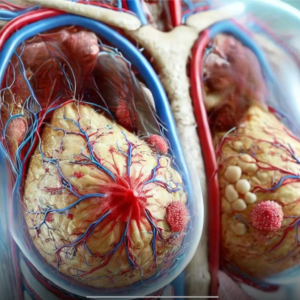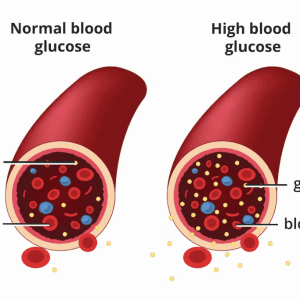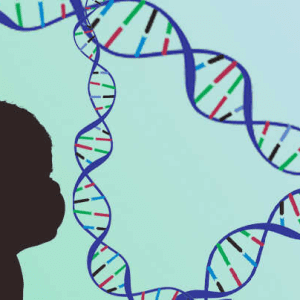Diabetes is a chronic condition that often creeps up unnoticed, presenting subtle signs that many people overlook or dismiss as minor issues. Unfortunately, ignoring these early warning signs can lead to severe health complications down the line. Nerve damage, kidney disease, and vision problems are just a few of the serious outcomes that can result from untreated diabetes.
If you notice any of the following nine symptoms, it’s time to consult your healthcare provider for a diabetes screening. Early detection and management are crucial for maintaining your health and preventing long-term complications.
1. Dark Patches of Skin: Acanthosis Nigricans
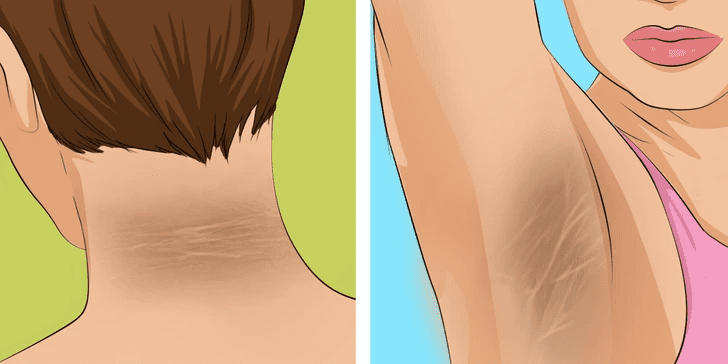
One of the early and often overlooked signs of diabetes is the appearance of dark, velvety patches of skin. These patches usually develop on the neck, armpits, groin, or elbows. Known as acanthosis nigricans, this condition is associated with insulin resistance, indicating that the body is struggling to regulate blood sugar levels.
These patches might feel thicker and darker than the surrounding skin, sometimes appearing slightly raised. While acanthosis nigricans itself is not harmful, it often signals underlying metabolic problems that require attention. Consulting a healthcare professional for a proper evaluation is essential if you notice these skin changes.
Video: 9 Early Warning Signs Of Type 2 Diabetes You Should Not Ignore
2. Unintentional Weight Loss

Losing weight without trying can be alarming, and it’s a potential red flag for diabetes—particularly type 1 diabetes. When the body can’t use glucose for energy due to insulin resistance or deficiency, it breaks down fat and muscle instead. This leads to rapid, unexplained weight loss, even if you maintain a normal or increased appetite.
If you’ve noticed significant weight loss without changing your diet or exercise routine, it’s crucial to seek medical advice. This could be a sign that your body is unable to properly process glucose, which needs to be addressed promptly.
3. Blurred Vision and Eye Problems
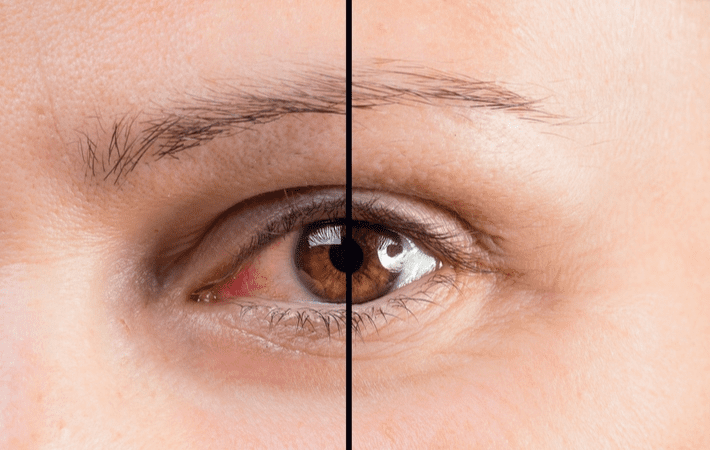
Fluctuating blood sugar levels can have a direct impact on your vision. High blood sugar can cause fluid to build up in the lens of your eye, making it difficult to focus and resulting in blurry vision.
If high blood sugar persists, it can damage the tiny blood vessels in the retina, increasing the risk of diabetic retinopathy—a leading cause of blindness. Don’t dismiss frequent vision changes as just eye strain; get your blood sugar levels checked to rule out diabetes as the cause.
4. Small, Itchy Bumps: Eruptive Xanthomatosis
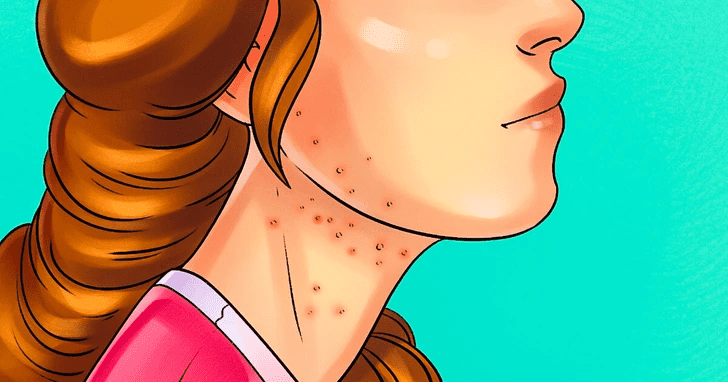
Another warning sign of diabetes is the sudden appearance of small, yellowish bumps on the skin, known as eruptive xanthomatosis. These bumps typically appear on the buttocks, thighs, elbows, or knees and may feel itchy or tender.
This condition is linked to high triglyceride levels and uncontrolled diabetes. People with high cholesterol are particularly at risk. If you suddenly develop these bumps, especially alongside other diabetes symptoms, it’s a good idea to get your blood sugar tested.
5. Persistent Fatigue and Low Energy
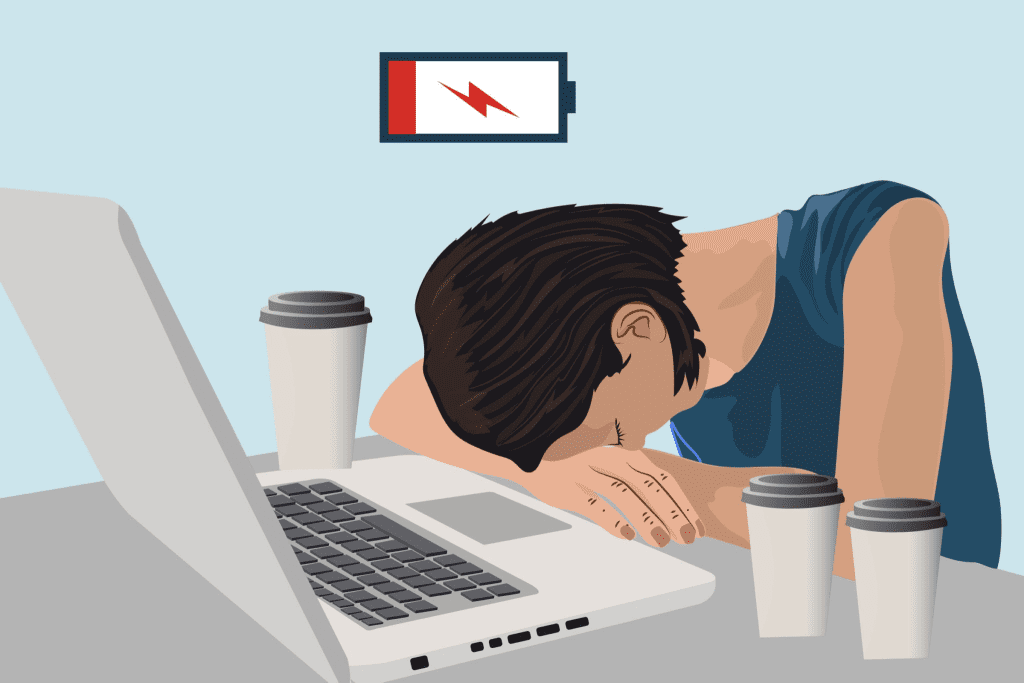
Constant tiredness and a lack of energy—even after a full night’s sleep—can signal diabetes. The body’s inability to efficiently use glucose as energy leaves you feeling drained.
This chronic fatigue isn’t just everyday tiredness; it’s a direct result of unstable blood sugar levels. You might also experience difficulty concentrating and a mental fog that’s hard to shake off. If your fatigue is persistent and unexplained, consider discussing it with your healthcare provider.
Video: 10 Early Signs of Diabetes
6. Increased Thirst and Frequent Urination

Excessive thirst and frequent urination are classic symptoms of diabetes. When blood sugar levels are high, the kidneys work overtime to filter out excess glucose, leading to more urine production.
This cycle of dehydration and frequent bathroom trips can disrupt your daily life. If you find yourself drinking more than usual but still feeling thirsty, it’s time to check your blood sugar.
7. Skin Tags: Acrochordons
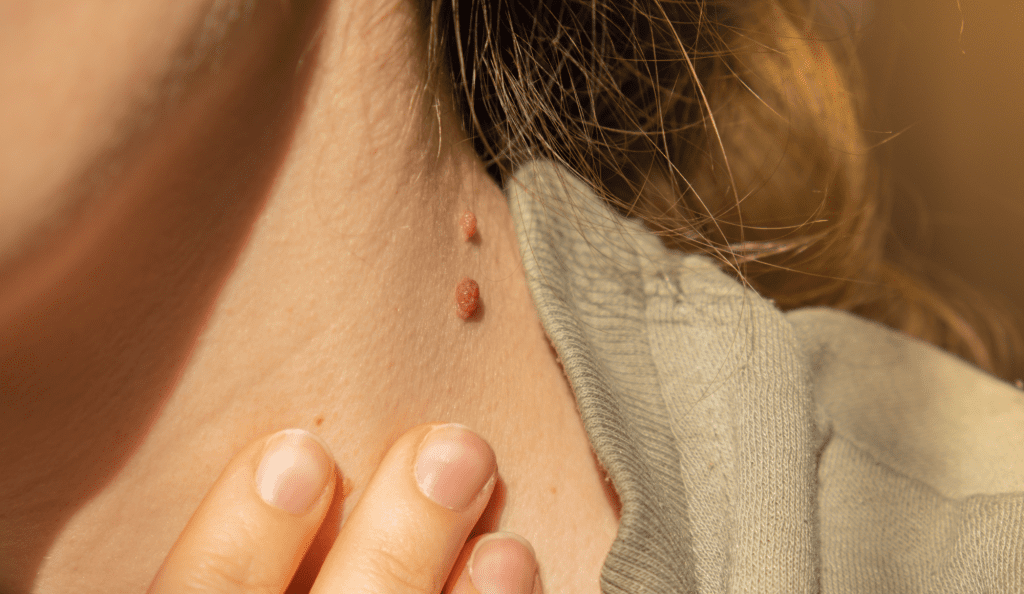
Skin tags are small, soft growths that typically appear on the neck, armpits, and groin. While generally harmless, having multiple skin tags may indicate high insulin levels, which can be a precursor to type 2 diabetes.
If you notice a sudden increase in skin tags, don’t ignore it. It might be worth discussing with your doctor, especially if accompanied by other diabetes warning signs.
8. Slow-Healing Wounds and Cuts
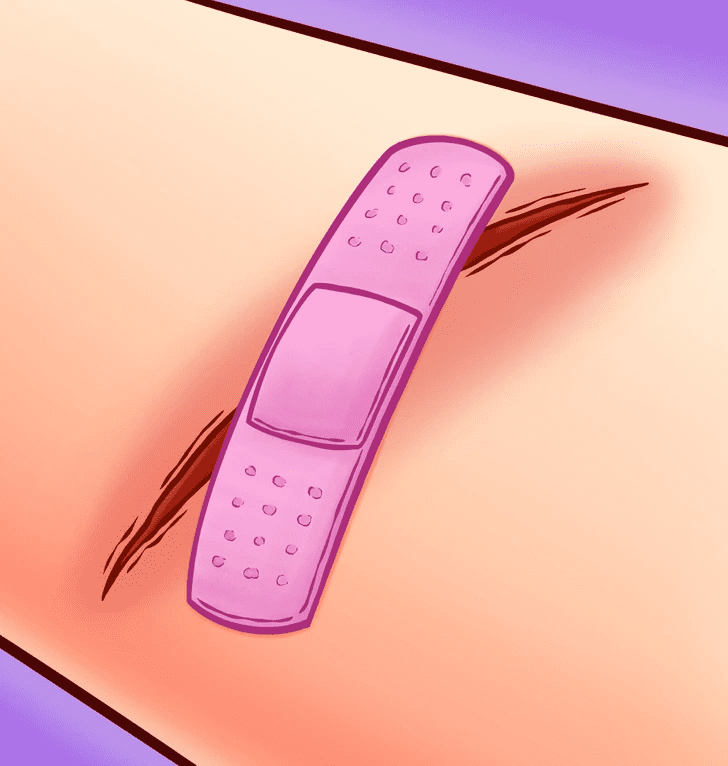
Diabetes can impair the body’s ability to heal. High blood sugar damages blood vessels, slowing down the healing process and increasing the risk of infection.
If you notice that even minor cuts and bruises take unusually long to heal, it could be a sign of diabetes. Addressing high blood sugar can help improve wound healing and reduce the risk of infections.
9. Tingling or Numbness in Hands and Feet

One of the most concerning signs of diabetes is tingling, numbness, or a burning sensation in the extremities—especially the hands and feet. This is a result of nerve damage, known as diabetic neuropathy.
Prolonged high blood sugar levels can damage nerves, leading to reduced sensation or a persistent pins-and-needles feeling. Early detection and proper management of diabetes can help prevent further nerve damage.
Why You Should Take These Signs Seriously

Ignoring these warning signs can lead to severe health problems, including heart disease, kidney failure, vision loss, and nerve damage. The good news is that diabetes can be managed, and prediabetes can sometimes be reversed through lifestyle changes.
Simple steps like maintaining a healthy diet, exercising regularly, and monitoring blood sugar levels can make a significant difference. If you notice any of these symptoms, don’t delay—reach out to your healthcare provider for screening and guidance.
Conclusion: Early Detection Can Save Lives
Diabetes doesn’t develop overnight. The symptoms often start as mild issues that are easy to overlook. However, early detection and intervention are key to preventing serious complications. By paying attention to these warning signs, you can take control of your health and ensure a better quality of life.
Your health is your responsibility—don’t ignore the signs. If something feels off, get checked. Taking action now can make all the difference in managing diabetes effectively.
